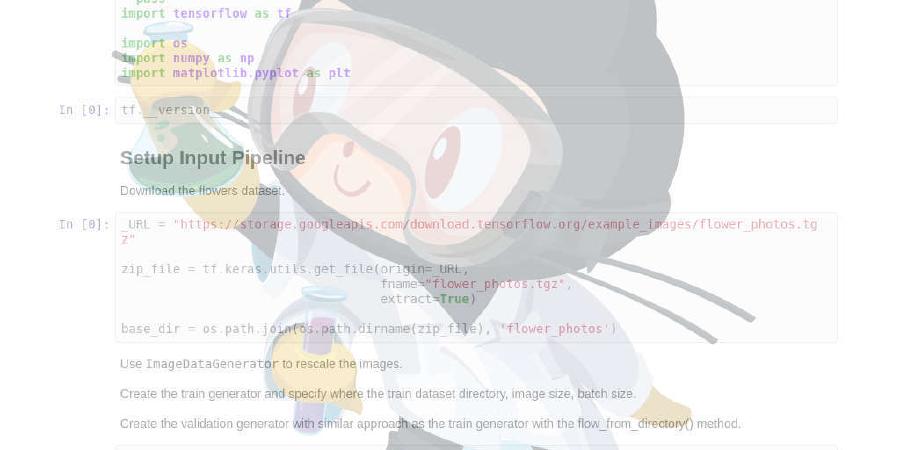fnproject/fn

The container native, cloud agnostic serverless platform.
| repo name | fnproject/fn |
| repo link | https://github.com/fnproject/fn |
| homepage | http://fnproject.io |
| language | Go |
| size (curr.) | 157392 kB |
| stars (curr.) | 4479 |
| created | 2017-07-18 |
| license | Apache License 2.0 |

Quickstart | Tutorials | Docs | API | Operating | Flow | UI
Welcome
Fn is an event-driven, open source, Functions-as-a-Service (FaaS) compute platform that you can run anywhere. Some of its key features:
- Open Source
- Native Docker: use any Docker container as your Function
- Supports all languages
- Run anywhere
- Public, private and hybrid cloud
- Import Lambda functions and run them anywhere
- Easy to use for developers
- Easy to manage for operators
- Written in Go
- Simple yet powerful extensibility
The fastest way to experience Fn is to follow the quickstart below, or you can jump right to our full documentation, API Docs, or hit us up in our Slack Community or Community Page!
Quickstart
Pre-requisites
- Docker 17.10.0-ce or later installed and running
- Docker Hub account (or other Docker-compliant registry) (Not required for local development)
- Logged into Registry: ie
docker login(Not required for local development)
Install CLI tool
The command line tool isn’t required, but it makes things a lot easier. There are a few options to install it:
Option 1. Homebrew - macOS
If you’re on a Mac and use Homebrew:
brew update && brew install fn
Option 2. Shell script - Linux and macOS
This one works on Linux and macOS (partially on Windows).
If you are running behind a proxy first set your http_proxy and https_proxy environment vars:
curl -LSs https://raw.githubusercontent.com/fnproject/cli/master/install | sh
This will download a shell script and execute it. If the script asks for a password, that is because it invokes sudo.
Option 3. Install the Windows CLI
Install and run the Fn Client for Windows.
Option 4. Download the bin - Linux, macOS and Windows
Head over to our releases and download it.
Run Fn Server
First, start up an Fn server locally:
fn start
This will start Fn in single server mode, using an embedded database and message queue. You can find all the configuration options here. If you are on Windows, check here. If you are on a Linux system where the SELinux security policy is set to “Enforcing”, such as Oracle Linux 7, check here.
Your First Function
Functions are small but powerful blocks of code that generally do one simple thing. Forget about monoliths when using functions, just focus on the task that you want the function to perform. Our CLI tool will help you get started quickly.
Let’s create your function. You can use any runtime (ie go, node, java, python, etc.) hello will be the name of your function as well as create a directory called hello. You can name your function anything.
fn init --runtime go hello
cd hello
We need to create an “app” which acts as a top-level collection of functions and other elements:
fn create app myapp
Deploy your function:
fn deploy --app myapp --local
Note: --local flag will skip the push to remote container registry making local development faster
Now let’s actually run your function using the invoke command:
fn invoke myapp hello
That’s it! You just deployed and ran your first function! Try updating the function code in func.go (or .js, .java, etc.) then deploy it again to see the change.
Learn More
- Visit Fn tutorials for step-by-step guides to creating apps with Fn. These tutorials range from introductory to more advanced.
- See our full documentation
- View our YouTube Channel
- View our API Docs
- Check out our sub-projects: Flow, UI, FnLB
- For a full presentation with lots of content you can use in your own presentations, see The Fn Project Presentation Master
Get Help
- Ask your question on StackOverflow and tag it with
fn
Get Involved
- Join our Slack Community
- See our new Community Page
- Learn how to contribute
- Find issues and become a contributor
- Join us at one of our Fn Events or even speak at one!
- Coming in Q1'19: Regularly scheduled planning meetings for contributing to the Fn Project





